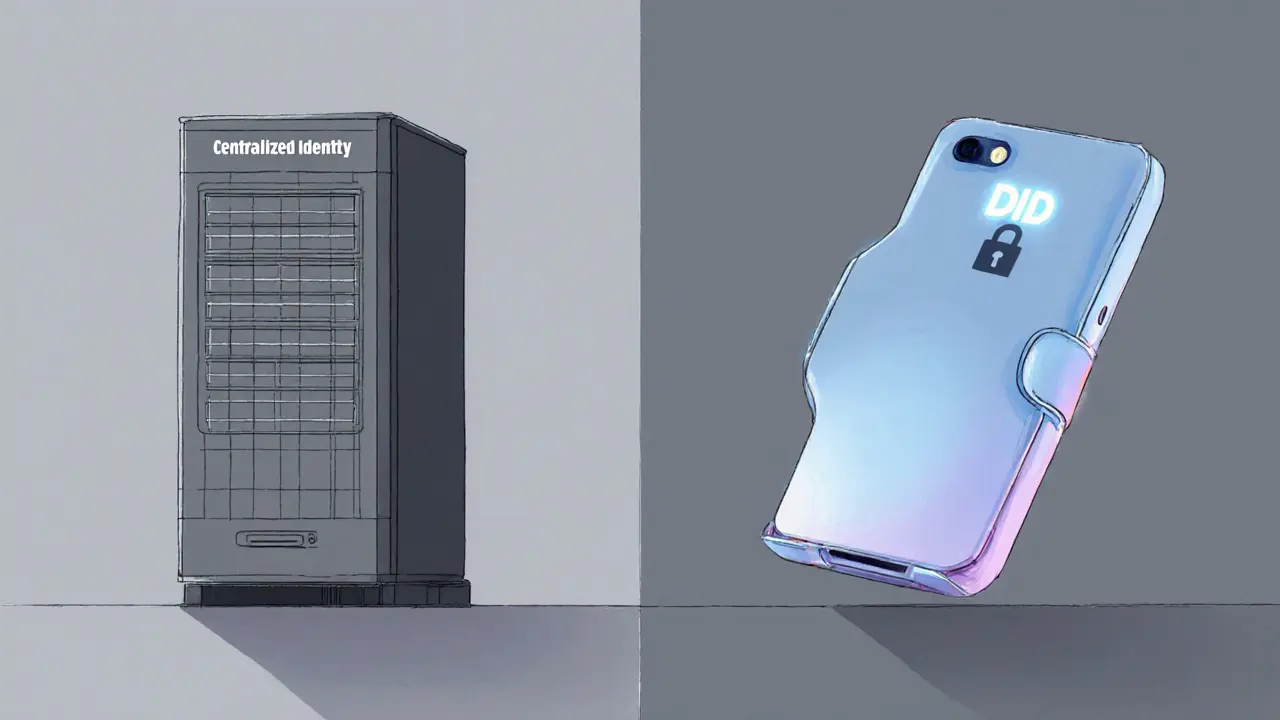Verifiable Credentials: The Foundation of Trustworthy Digital Identity
When working with Verifiable Credentials, a tamper‑evident digital attestation that can be cryptographically verified. Also known as VCs, they let anyone prove a claim—like a diploma or a health record—without exposing the whole data set. Decentralized Identity (DID), a self‑owned identifier stored on a distributed ledger supplies the unique address for the credential holder, while blockchain, an immutable ledger that records transactions securely provides the immutable anchor that makes the credential trustworthy. This trio—VCs, DIDs, and blockchain—creates a trustless verification path that doesn’t rely on a single authority.
One key player in the ecosystem is the credential issuer, the entity that creates and signs the verifiable credential. Issuers embed cryptographic signatures that prove the credential’s authenticity. Because the signature ties back to the issuer’s DID, anyone can check if the credential was really issued by the claimed source. This relationship—"credential issuer signs VC, VC references issuer’s DID"—forms a core semantic triple that underpins most real‑world deployments, from university degrees to professional certifications.
To actually carry a VC around, users need a digital wallet, a software app that stores DIDs, VCs, and private keys securely. The wallet not only holds the credential but also handles presentation requests, proving ownership without revealing unnecessary details. This "digital wallet presents VC" connection enables seamless interactions, whether you’re logging into a service, proving age, or sharing vaccination status. The experience feels like pulling up a file on your phone, but underneath it’s a series of cryptographic checks that keep your data private.
Privacy stays front‑and‑center because VCs support selective disclosure and zero‑knowledge proofs. Instead of showing the whole credential, a holder can prove a specific attribute—like "over 21"—without leaking the exact birthdate. This ability creates the semantic link "VC enables zero‑knowledge proof" which many regulators are starting to recognize as a way to meet GDPR‑style data minimization. As a result, enterprises can comply with privacy laws while still getting the assurance they need from the credential.
Across industries, the impact is already visible. In education, universities issue diplomas as VCs that employers can verify instantly. In healthcare, patients receive vaccination records that doctors can check without accessing full medical histories. Financial institutions use VCs for KYC checks, cutting onboarding time from weeks to minutes. Each of these use cases illustrates the triple "VC + DID + blockchain equals trusted digital claim" and shows why the technology is gaining traction worldwide.
What to Expect Next
Below you’ll find a curated collection of articles that dive deeper into each piece of this puzzle—how DIDs compare to traditional identity systems, the security properties of Merkle trees that underpin many blockchains, and practical guides on using VCs in real applications. Whether you’re just hearing about verifiable credentials or looking to implement them, the posts ahead will give you concrete steps and clear explanations to move forward.

How Privacy Works in Decentralized Identity Systems
Explore how decentralized identity protects privacy through DIDs, verifiable credentials, zero‑knowledge proofs, and user‑controlled wallets, plus real‑world use cases and future challenges.
